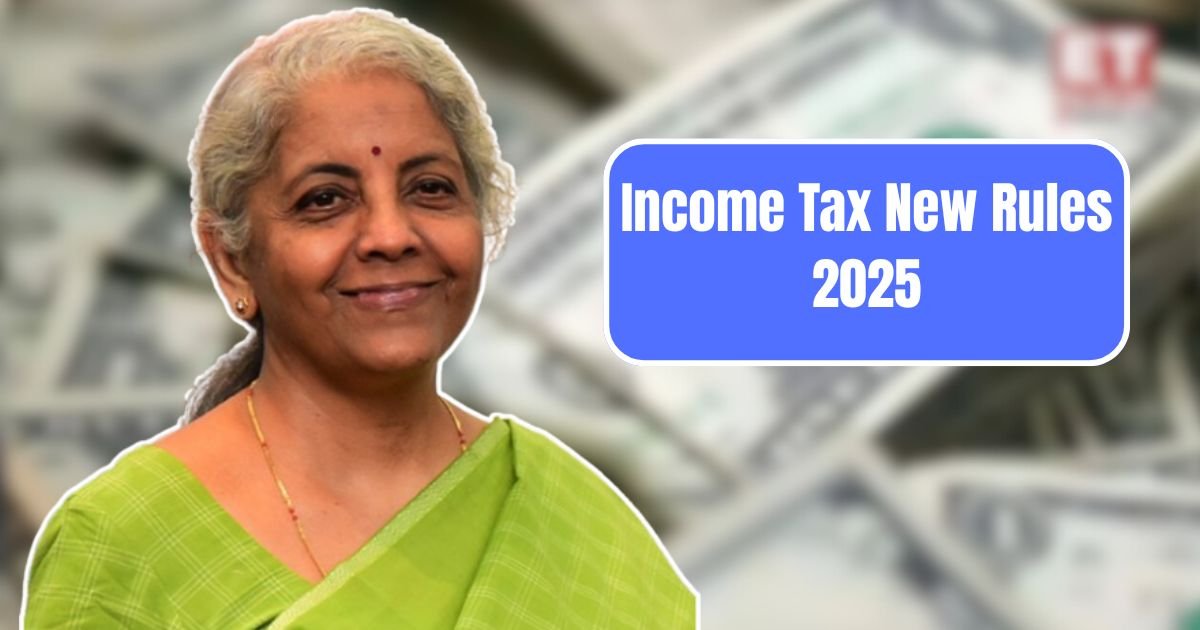India’s Union Budget for the year 2025 proposes modifications to the Income Tax System intending to minimise compliance burdens and taxpayer spending. These modifications were suggested by the Union Minister of Finance Nirmala Sitharaman and are set to come into effect on 1 April 2025 for FY 2025–26 (AY 2026-27). The intention of these changes is not only to improve the balance of relief provisions but also to enhance the infrastructure of the existing taxation system. It appears that there is a prevailing emphasis on relief and rebates, but the old systems continue to be maintained for smooth operational flow. We will explore the major changes that are expected to enhance the benefits arising from this transformation.
Streamlined Tax Slabs For The Year 2025
The revised tax slabs now offer greater benefits and convenience to the taxpayers. Income below ₹4 lakh is exempt from tax, and the higher slabs continue to retain a progressive rate of taxation. A new slab has now been added between ₹20 to 24 lakh, where the tax is 25% on income exceeding ₹24 lakh and 30% on 30% of the income. The older considerations of curbing inflation and the financial burden on the lower and middle classes still seem to be the explanations.
Enhanced Rebate Under Section 87A
Another important update is the enhanced rebate under section 87A. The rebate has certainly increased from ₹25,000 to now ₹60,000, which means people with taxable incomes up to ₹12 lakh will effectively owe no tax. For earning participants, a standard deduction of ₹75,000 is provided which means that those earning up to ₹12.75 lakh will also be tax exempted. This policy change augments the available disposable income for many individuals to spend or save.
New Tax Regime
The old tax regime is still in place with regard to qualifying investments under Section 80C and health insurance premiums within the section 80D limits. Even though there are fewer allowances available, the new regime continues to have lower tax slabs which benefit taxpayers with lower investments. Every taxpayer needs to determine and assess their financial outlay in order to establish which regime is more preferable. The primary allure of the new regime and its tax simplification is likely to increase appreciation and compliance among taxpayers. However, the old regime will still be preferred by individuals with substantial deductions to claim.
NPS Vatsalya Deduction
An amendment on the NPS Vatsalya scheme introduces an additional deduction for parents contributing under 80CCD (1B). This offers parents an additional deduction of ₹50,000 on top of the existing ₹1.5 lakh limit under section 80C. This change helps in tax savings and at the same time encourages parents to financial plan for their children’s future requirements.
Faster Tax Dispute Resolution
There appears to be increased attention on resolving disputes more efficiently with the New Income Tax Bill 2025 set to replace the Income Tax Act of 1961 on April 1, 2026. Out of the 285 proposed changes, one of them may be dividend deduction treatment under 80M. The bill aims to improve focus on ease of compliance while reducing litigation. It is expected this bill will be in front of parliament on July 21 2025 which will be a significant advancement towards a more efficient taxpayer-centric approach.
Changes To E-Filing And Compliance
For the financial years 2025 and 2026, there have been optimisations to the e-filing system for the Income Tax Department. Efforts have been made to pre-fill certain fields for e-filing of ITR-1 and ITR-4 forms which can now be e-filed. In addition, the compliance deadline for filing ITR has been increased to 15 September 2025 which is beneficial for many. Compliance deadlines for the definitional business form 64A and 64E have also been set to 15 June 2025 ensuring timely compliance.
Conclusion
Proposals for the 2025 income tax reforms indicate the Government of India seeks to enhance the functionality of compliance along with benefits provided to the taxpayer while filing taxes, simplifying procedures, and maximally benefiting the taxpayer.
The future strategy of taxation in India still presents avenues to offer increased savings to taxpayers, improved fiscal scaffolding, greater tax offsets, more efficient grievance minimisation, and improved mechanisms for resolving disputes.
Individual and corporate taxpayers are incentivised to rethink their approaches regarding the optimisation of business and investment decision making as a direct result of the new scheme.
Also Read: PM Kisan 20th Installment: One Small Mistake Could Cost You ₹2000 — Fix It Before It’s Too Late!
